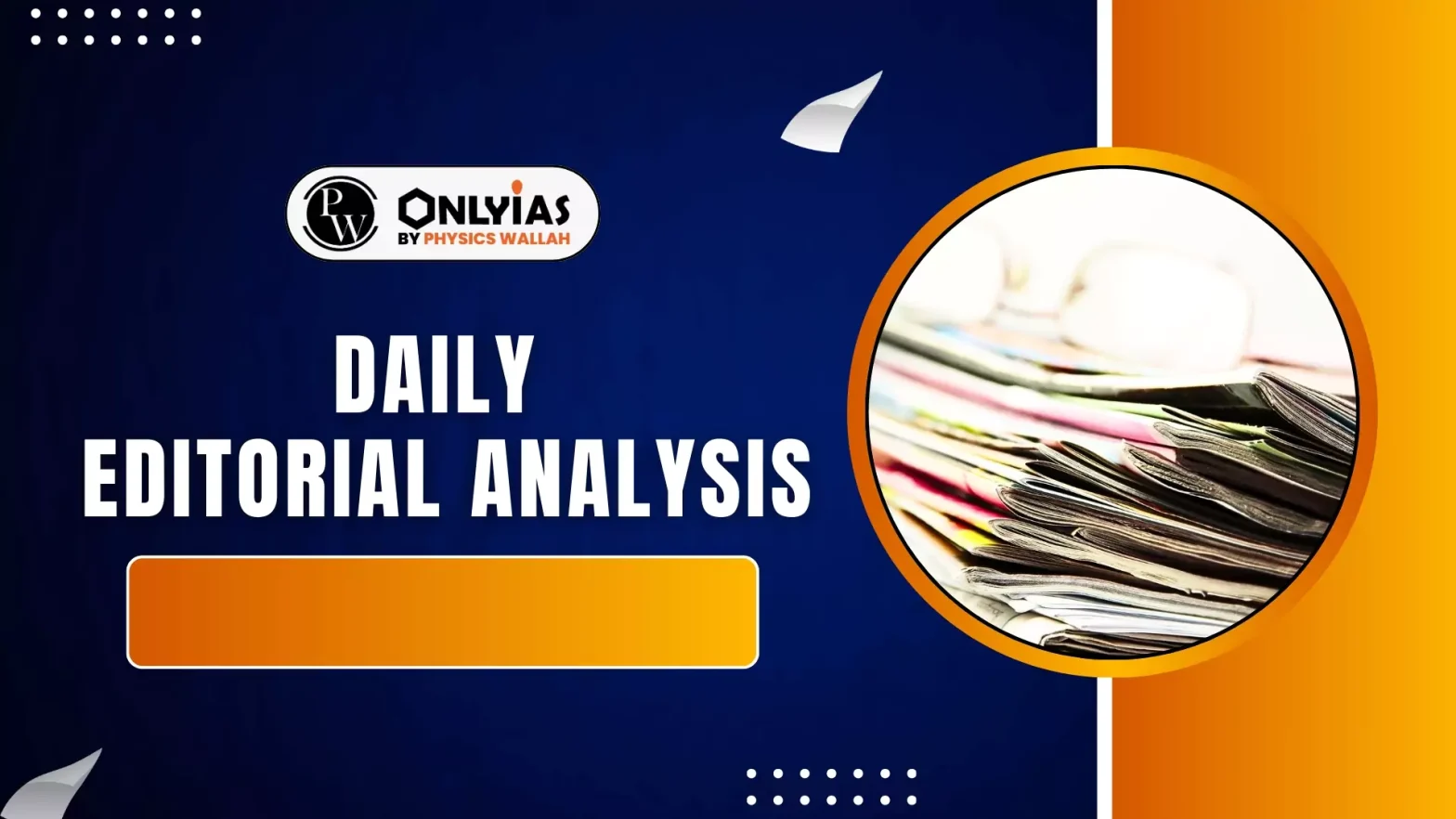Recently, Donald Trump announced a 25% tariff on Indian imports into the United States.
- There are additional penalties under consideration due to India’s military and energy purchases from Russia, creating a negative-sum game for both nations, especially for India.
Underlying Issues
- Allegation of High Tariff Barriers: Trump’s social media posts criticised India’s high tariff structure and non-monetary trade barriers, claiming the US has struggled to conduct substantial business with India.
- Remarks on Economic Viability: He even stated that the Indian economy, alongside Russia’s, could collapse, calling them “dead economies”.
Economic Impact Of Tariff Imposition on India
Tariffs are not just a tax on imports – they are effectively a consumption tax. Just as it narrows the profit margins for Indian exporters, it also drives up the prices of Indian imports in the US.
- Trade Imbalance and Dependency: In 2024, the US imported goods worth $87.4 billion from India, resulting in a significant trade deficit of $45.7 billion for the US.
- While India accounts for only a little over 3% of total US imports, nearly 20% of India’s total exports are destined for the US market.
- This disparity means that while both nations will suffer from the fallout, India faces a far more precarious situation given its greater reliance on the US market.
- Massive Tariff Hike: India previously faced an average tariff rate of only 2.2% on its exports to the US, whereas US goods entering India faced around 12%.
- Eradication of Comparative Advantage: The 25% tariff can wipe out India’s comparative advantage in labour-intensive goods overnight.
- Sectors like textiles, pharmaceuticals, and gems and jewellery, which rely on tight profit margins, will find their entire margins consumed by this tariff, leading to severe output and employment losses.
- Significant Economic Downturn: If half of US orders for Indian goods disappear due to these tariffs and penalties, Indian goods exports will fall by $40 billion, effectively shaving 1% off India’s GDP in 2025-26.
- This indirect tariff bill is estimated at $22 billion, equivalent to over 0.5% of India’s GDP.
- Impact on Strategic Sectors – Smartphones: India recently became the largest exporter of smartphones to the US, surpassing China, largely driven by Apple’s increased production in India.
- The Performance Linked Incentive (PLI) scheme played a crucial role in attracting foreign firms like Apple, boosting production, exports, and employment in the electronics sector.
- The 25% tariff effectively negates the benefits of India’s Rs 1.97 lakh crore PLI budget.
- There is a threat that Apple might cut back production in India and return to the US.
- Currency Depreciation and Inflation: The rupee has already weakened in response to the tariff announcement.
- While a depreciated rupee typically makes exports cheaper globally, the exchange rate adjustment cannot compensate for a 25% price hike in the US market.
- Furthermore, a weaker rupee will increase India’s import costs, potentially pushing up domestic inflation.
- Job Losses and Reduced Foreign Currency: Indian manufacturers and producers will struggle to export goods to the US, leading to job losses and a reduction in foreign currency earnings for India.
- Risk of Trade Diversion: The US might simply import more from other countries: American importers of textiles or seafood can turn to suppliers in Vietnam, Indonesia, Ecuador or others that face less harsh tariffs, crowding out Indian exporters.
Strategic Responses and the Way Forward for India
- Market Diversification: Reducing dependency on the US market is crucial. India must actively pursue and expeditiously sign new trade pacts with the European Union, Gulf countries, and other emerging markets.
- Enhanced Competitiveness: Indian producers must focus on increasing their competitiveness by producing goods more cheaply.
- This will enable them to remain viable in the US market even with the added tariff burden.
- Safeguarding Affected Sectors: The government must provide immediate and targeted support to the sectors most impacted by the tariffs.
- This can include offering quick, temporary tax refunds, cheaper loans, or other forms of subsidies to help these industries sustain operations and manage the short-term shock.
- While tariffs can lead to long-term innovation and competitiveness, the immediate damage is too substantial to be left unaddressed.
- Legal Recourse at WTO: India should consider filing a case against the US at the World Trade Organization (WTO). This provides a formal avenue to challenge the legality and fairness of the tariffs.
- Measured Negotiation: Engaging in measured negotiation is essential. The US must recognise the need for a fair trade deal that mutually benefits both nations, protects jobs, and stabilises supply chains.
- Pressure tactics, such as ultimatums, are detrimental to constructive dialogue.
Conclusion
Trump’s 25% tariff is a significant challenge, impacting various facets of the Indian economy from exports and GDP to employment and currency stability.
- By strategically diversifying markets, enhancing domestic competitiveness, supporting affected industries, and pursuing diplomatic and legal avenues, India can navigate this economic reckoning and emerge stronger in the long term.
![]() 1 Aug 2025
1 Aug 2025

